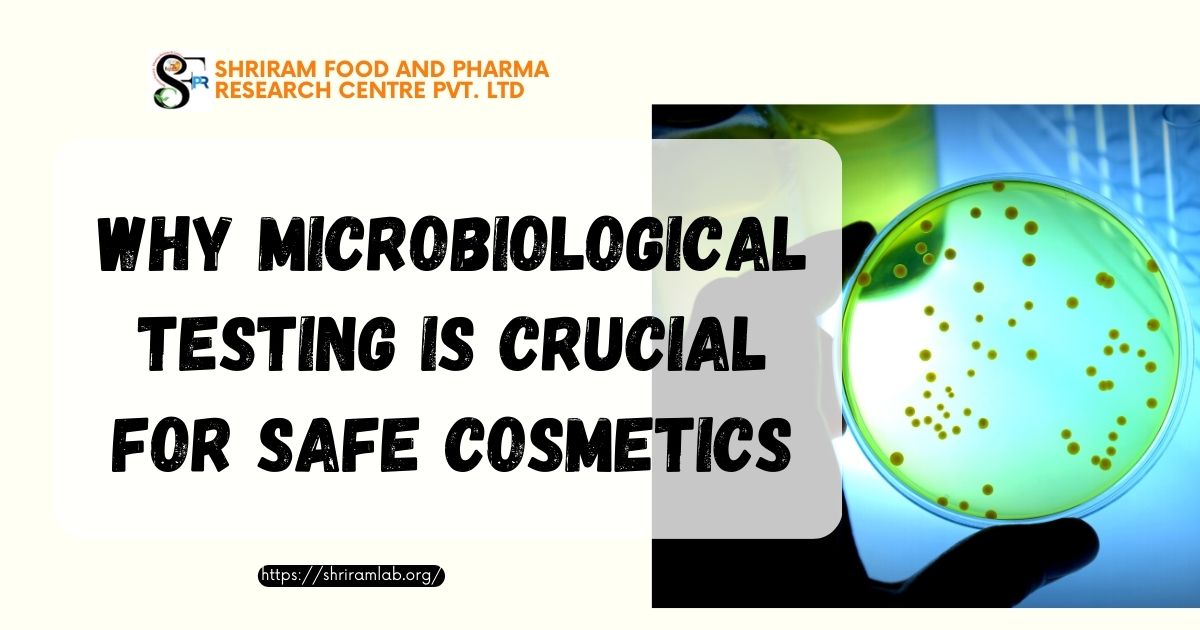In the world of medicine, ensuring the safety and efficacy of every pill, capsule, and vial is paramount. This responsibility falls on the shoulders of a meticulous system known as pharmaceutical quality control testing. From raw materials to finished products, rigorous testing procedures guarantee that medications meet the highest standards and deliver their intended purpose safely. Let’s embark on a journey through this critical process, uncovering the methods and rationale behind it.
1. Raw Material Scrutiny: Laying the Foundation
The journey begins with a meticulous examination of the raw materials used in pharmaceutical production:
- Identity Testing: Confirming that the material is indeed what it claims to be, preventing accidental substitutions with potentially harmful consequences.
- Purity Testing: Identifying and quantifying any impurities, ensuring they fall within established safety limits.
- Potency Testing: Measuring the active ingredient’s concentration, guaranteeing consistency and efficacy of the final product.
- Physical and Chemical Properties: Analyzing characteristics like melting point, pH, and solubility, ensuring compatibility with other ingredients and stability throughout the manufacturing process.
2. In-Process Control: Monitoring Every Step
Throughout manufacturing, continuous monitoring ensures adherence to established protocols:
- Weight Variation Testing: Verifying the consistency of individual dosage units, preventing under- or overdosing.
- Content Uniformity Testing: Ensuring consistency of active ingredient distribution within a batch, guaranteeing uniform effect.
- Dissolution Testing: Measuring how quickly the medication dissolves, simulating its absorption in the body, and predicting its effectiveness.
- Microbiological Testing: Detecting and eliminating any microbial contamination that could pose safety risks.
3. Finished Product Testing: The Final Gatekeeper
Before reaching patients, the final product undergoes a battery of tests:
- Packaging Integrity Testing: Verifying the packaging’s ability to protect the medication from contamination and environmental factors.
- Labeling Verification: Ensuring labels display accurate information and comply with regulations.
- Stability Testing: Evaluating the medication’s shelf life under various storage conditions, guaranteeing its potency and safety throughout its intended lifespan.
- Release Testing: Combining several tests to confirm final product conformity to predefined specifications, authorizing their safe release for distribution.
Beyond the Tests: Ensuring a Holistic Approach
Quality control extends beyond individual tests, encompassing a comprehensive system:
- Documentation: Maintaining meticulous records of all tests and their results for traceability and future reference.
- Calibration and Maintenance: Regularly calibrating and maintaining testing equipment to ensure accuracy and reliability.
- Regulatory Compliance: Adhering to stringent national and international regulations governing pharmaceutical manufacturing and testing.
- Continuous Improvement: Regularly reviewing and refining testing procedures for optimal effectiveness and adaptation to evolving technologies.
The Unsung Heroes of Healthcare
The dedicated professionals engaged in pharmaceutical quality control testing play a vital role in safeguarding public health. Their meticulous efforts, often unseen, provide the foundation for trust in medications and empower patients to receive safe and effective treatments. So, the next time you pop a pill, remember the silent guardians behind the scenes, ensuring its quality and efficacy with every meticulous test.





